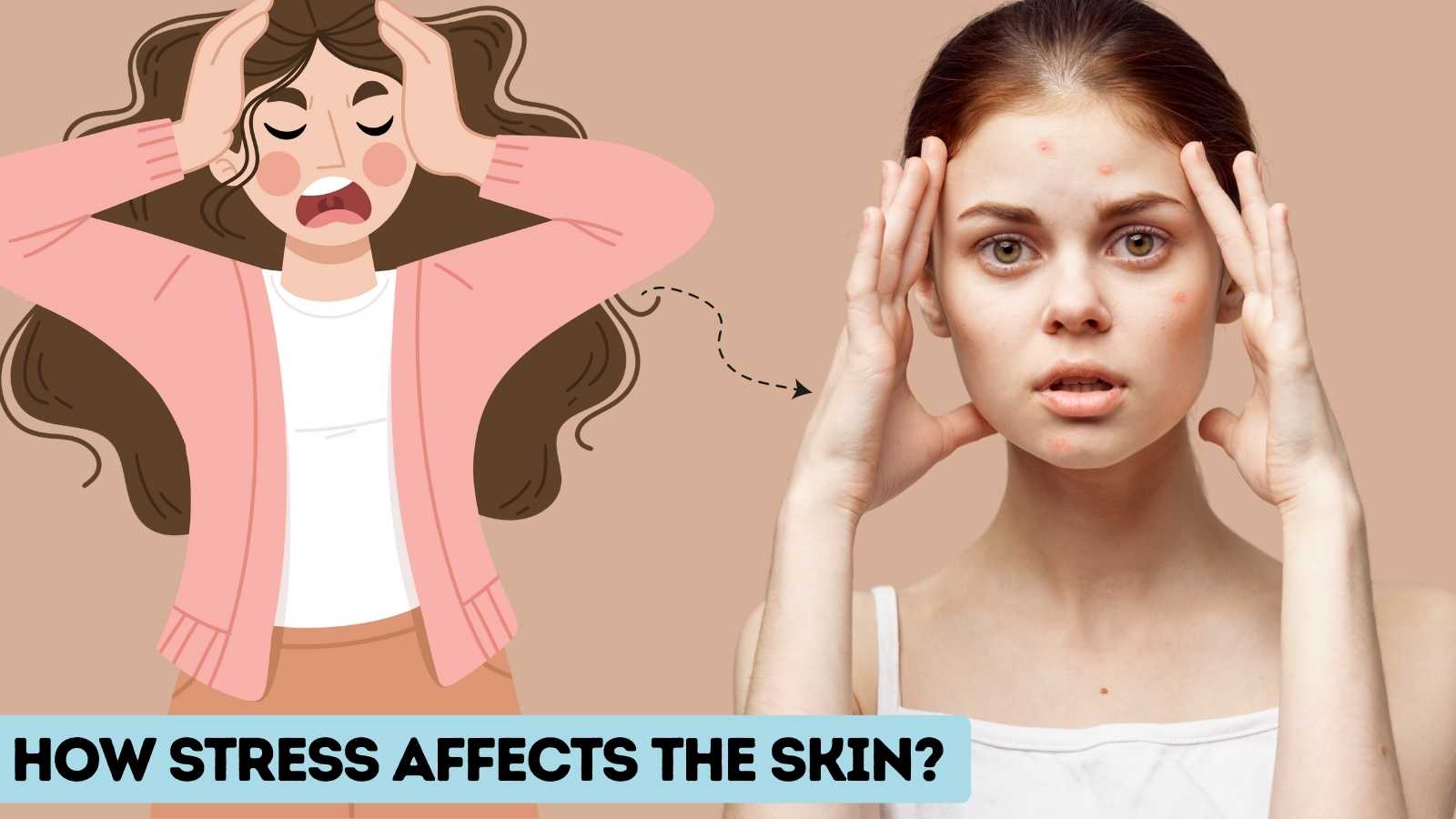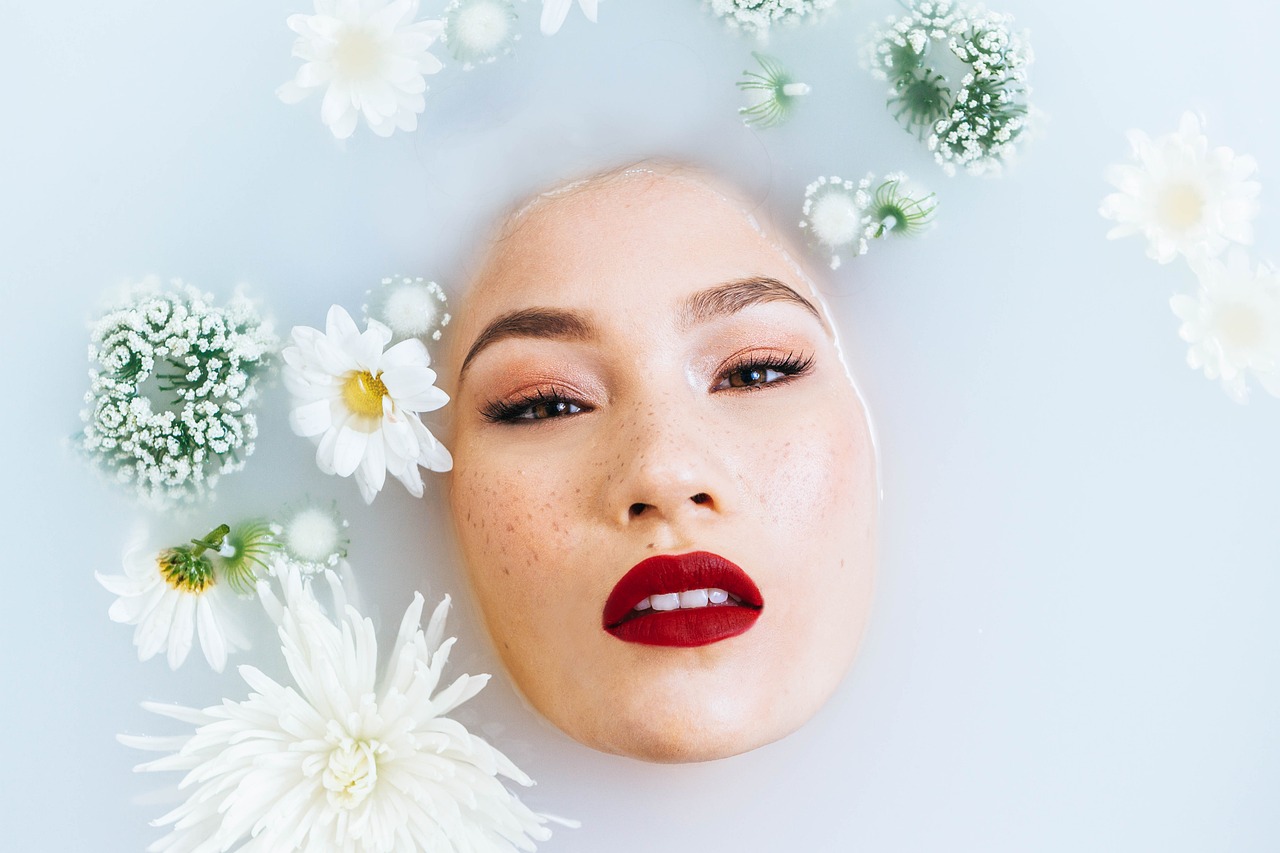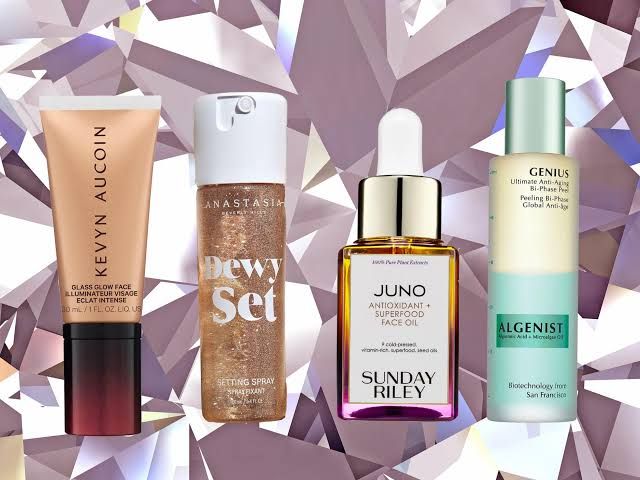
This is how stress and intense emotions affect your skin. The connection between mood and skin problems is real and has a physiological explanation.
Did you know that a work conflict could be creating expression lines on your face? Or that a family argument could trigger psoriasis flare-ups? The skin, our largest organ, functions as a biological diary where unprocessed emotions are recorded.
The toxic triangle: brain, hormones and skin
The hypothalamic-pituitary-adrenal (HPA) axis, activated during stress, functions as a chemical bridge between emotions and the dermis. Studies from the National Autonomous University of Mexico (2024) detail its impact:
- Cortisol storm : This hormone increases sebum production by up to 200%, according to data from the Journal of Clinical Dermatology . It’s no coincidence that 41% of adults with persistent acne experience moderate anxiety (IMSS Study, 2025).
- Immune sabotage : Inflammatory cytokines released during emotional crises aggravate psoriasis and dermatitis. In patients with rosacea, stress increases facial vascularity by 33% ( Annals of Allergy, Asthma & Immunology ).
- Cellular malnutrition : By redistributing blood to muscles and vital organs during “fight or flight” situations, the skin receives up to 40% fewer nutrients, accelerating collagen loss.
The 4 cutaneous faces of stress (and how to recognize them)
Kanne identifies common clinical patterns in his practice:
- War Mask : Cystic acne on the chin and jaw (associated with work stress in 73% of cases).
- Anxiety map : Hives on the neck and décolletage that appear within 15 minutes after emotional conflicts.
- Broken armor : Psoriasis on elbows and knees, with outbreaks coinciding with traumatic events in 68% of patients.
- Thirst for calm : Extreme dehydration and marked expression lines, even in people under 35 years of age.
People more vulnerable to the effects of stress on the skin
In people suffering from psoriasis, rosacea, seborrheic dermatitis, or other dermatological diseases, a “close relationship between stress and the worsening” of symptoms has been proven, according to the specialist. The main mechanisms include:
- Alteration of the immune system : the release of inflammatory cytokines increases, which aggravates skin inflammation.
- Microbiome imbalance : Microorganisms present on the skin can proliferate uncontrollably, worsening conditions such as seborrheic dermatitis.
- Corticotropin : This stress-induced hormone stimulates the sebaceous glands, increasing sebum secretion by up to 60%, which promotes acne.
In the diseases mentioned above, stress not only causes the appearance of outbreaks, but also makes them difficult to resolve, prolonging recovery time.
Dual-action therapies: calming mind and skin
The influence of mood on the skin is such that, when the effects of stress begin to take their toll, doctors turn to available dermatological treatments, but they also resort to psychological therapies and psychotropic medications . “A comprehensive treatment that combines psychological and dermatological management is key to improving both mental and skin health,” says Kanne.
The modern approach combines dermatology and psychoneuroimmunology:
-
Tactile psychotherapy :
- Dermatological mindfulness : Breathing techniques that reduce redness in rosacea by 29% (UNAM, 2024).
- Emotional Biofeedback : Heart rate monitoring during facial care routines to identify stress triggers.
-
Anti-HHS Nutrition :
- Foods rich in magnesium (spinach, almonds) that inhibit the release of cortisol.
- Specific probiotics (Lactobacillus rhamnosus) that balance the gut-skin axis, reducing eczema by 37% ( Gut Microbes , 2025).
-
Neuroactive cosmetics :
- Peptides that block cutaneous cortisol receptors.
- Textures with slow-release niacinamide technology to reinforce the hydrolipid barrier during crises.
-
Psychotropic drugs:
- Antidepressants : Some of these drugs, such as selective serotonin reuptake inhibitors, have indirect anti-inflammatory effects, improve sleep, and reduce anxiety, thereby benefiting the skin.
- Anxiolytics: reduce activation of the stress axis, decreasing skin outbreaks.




